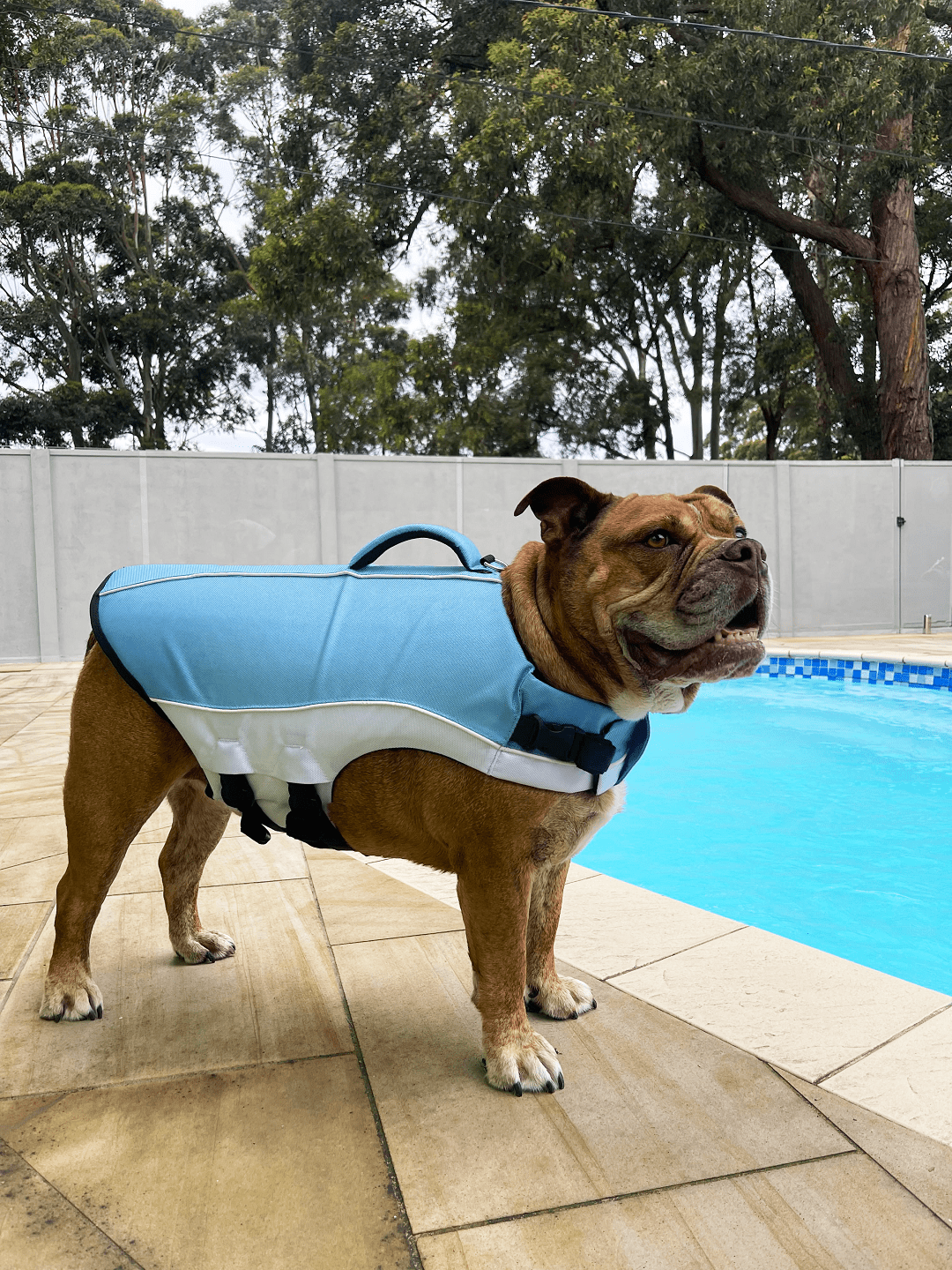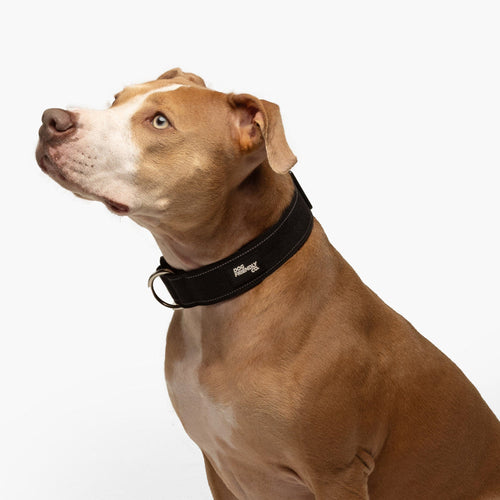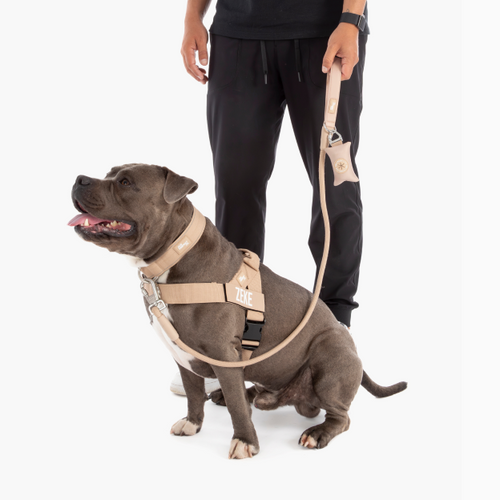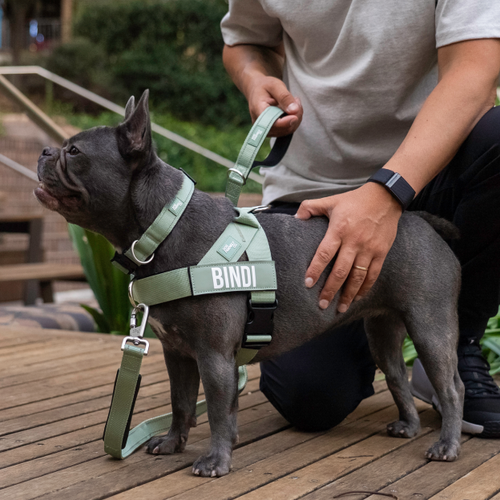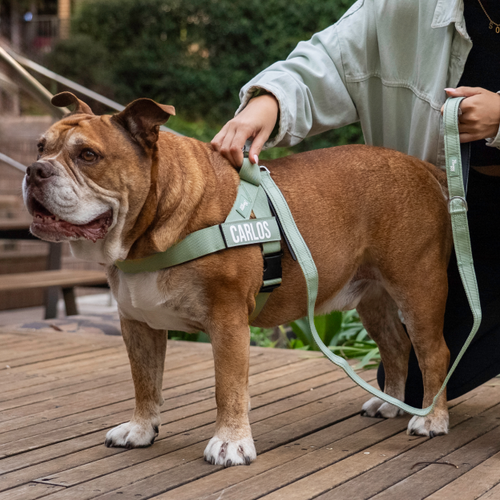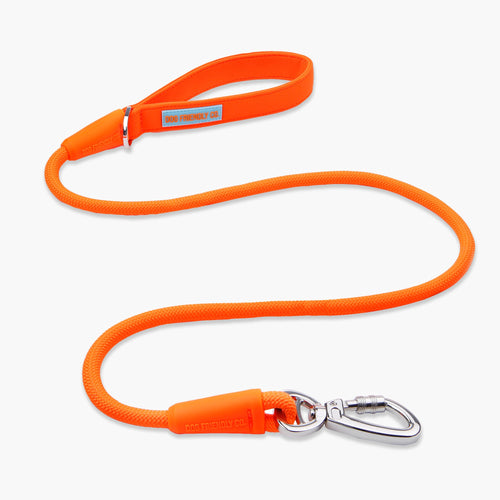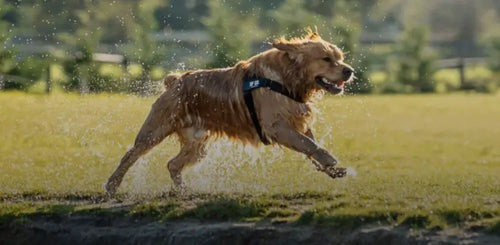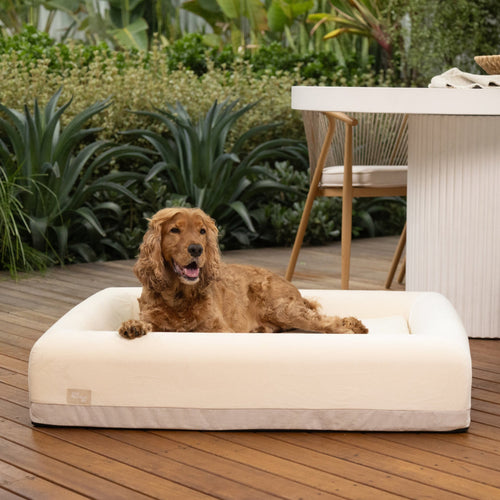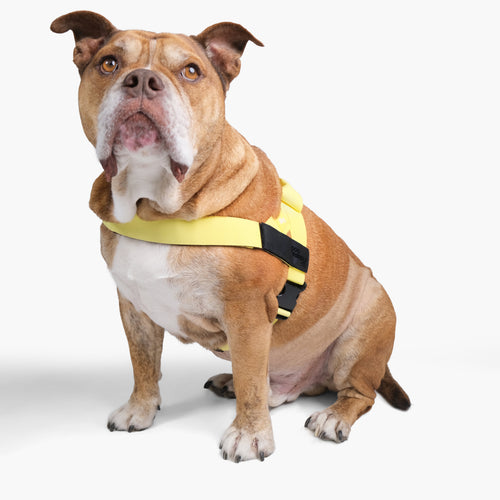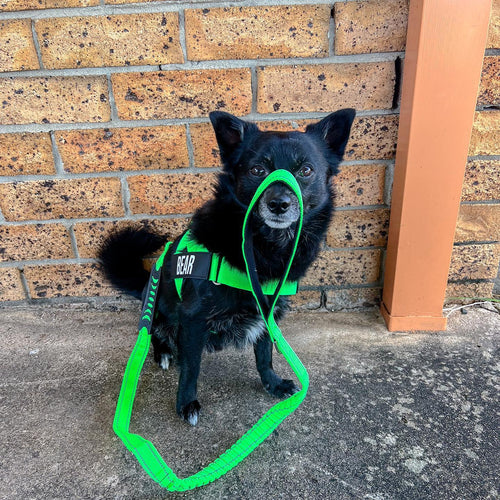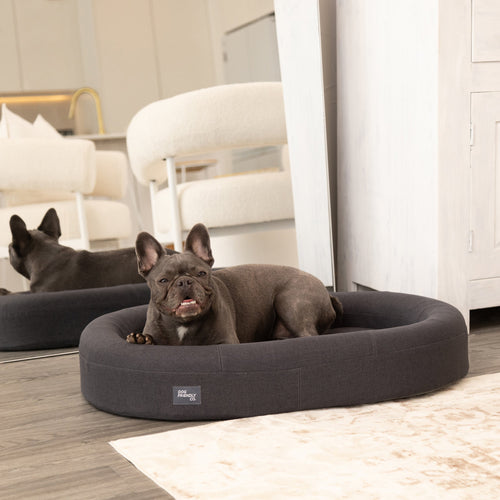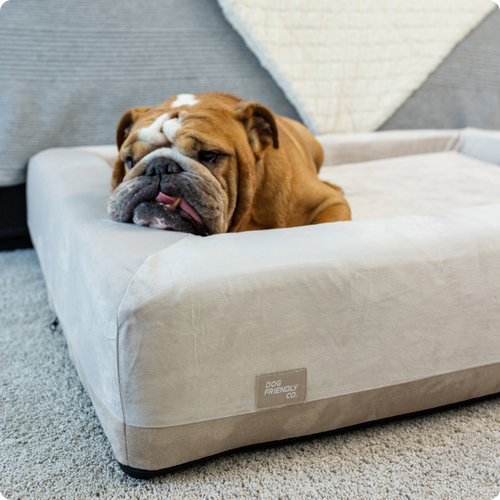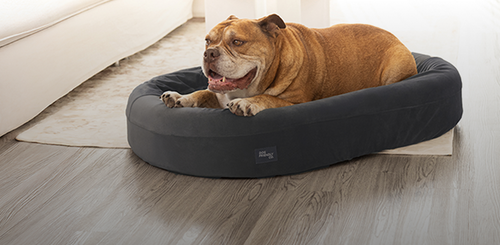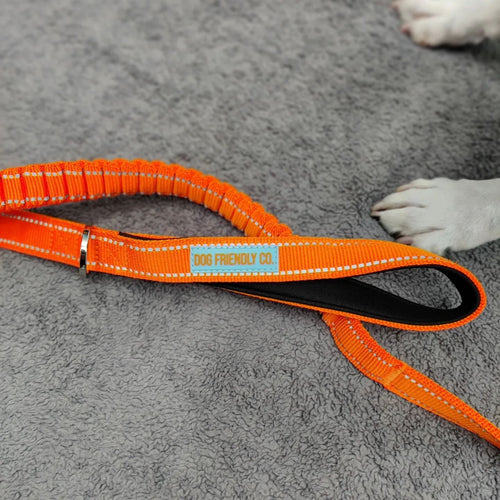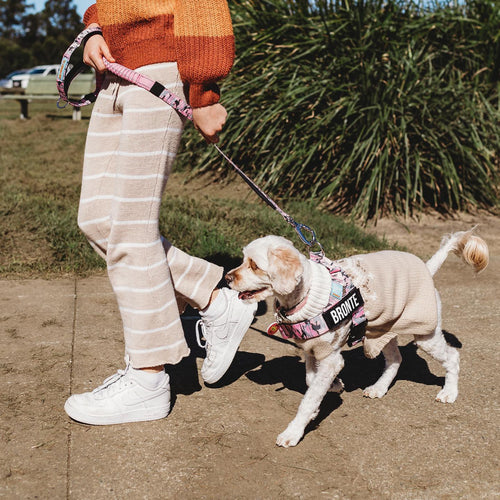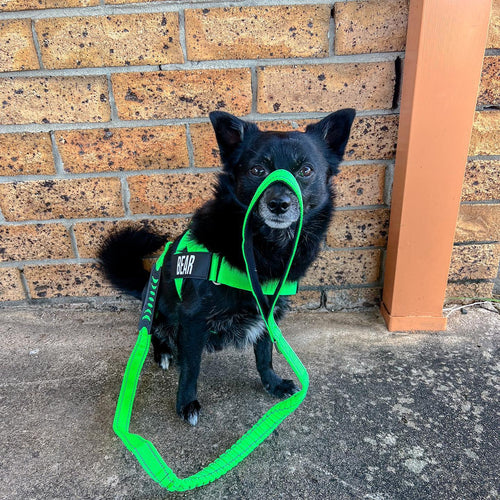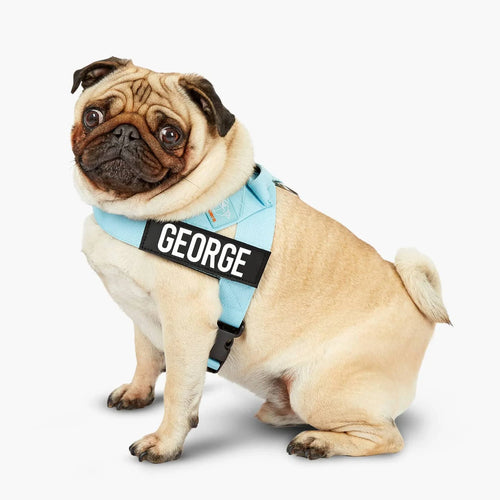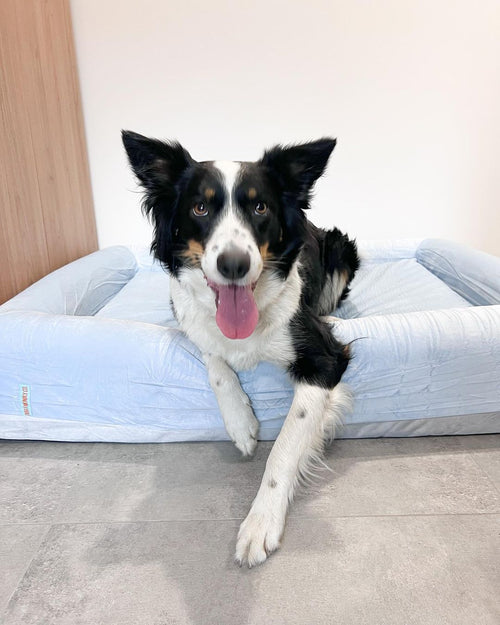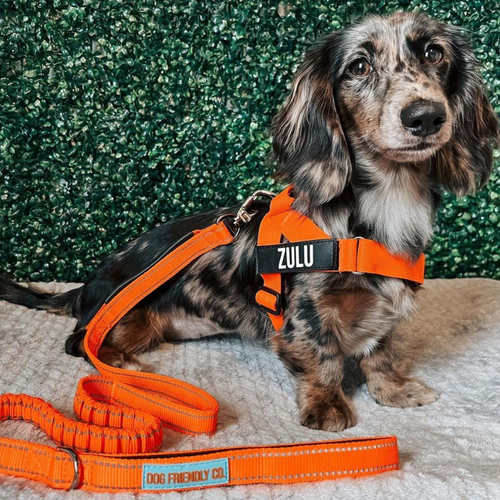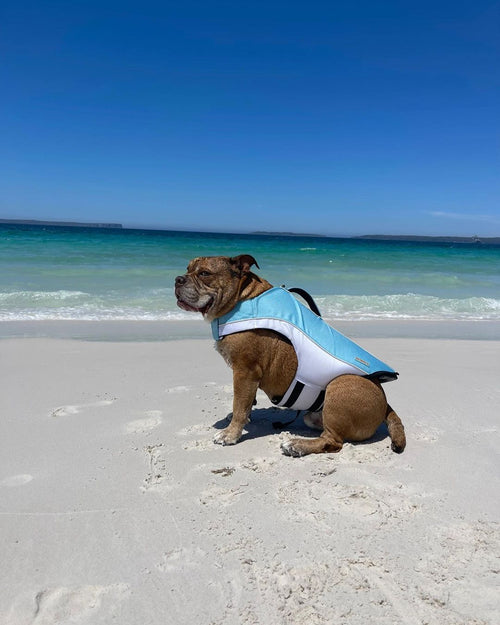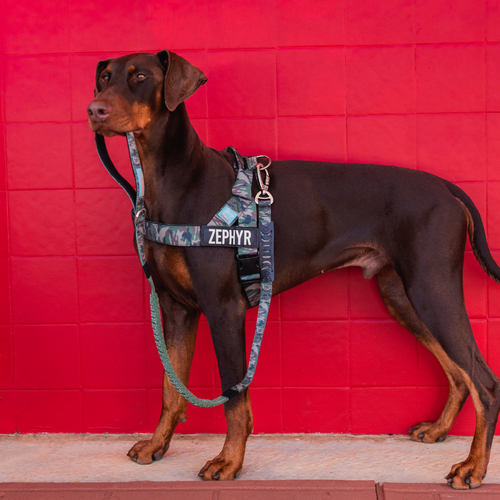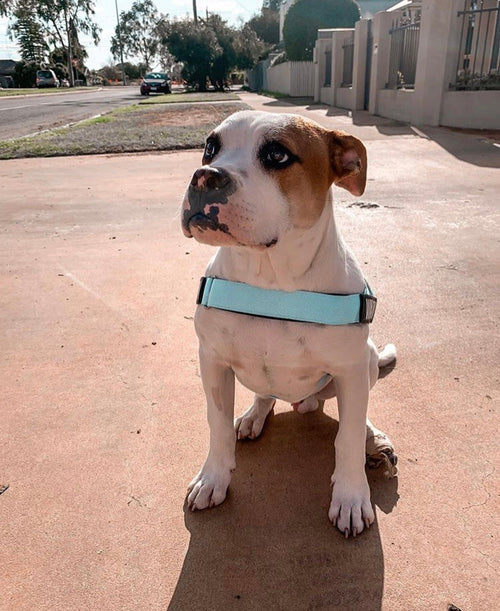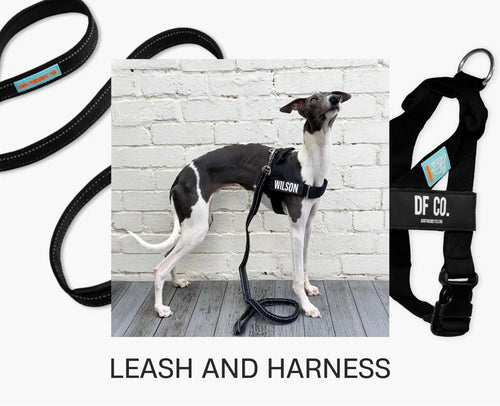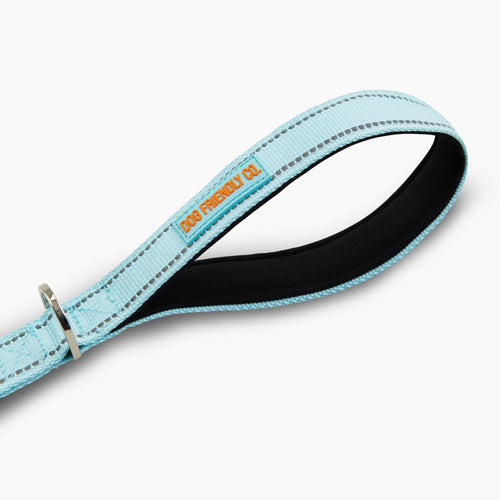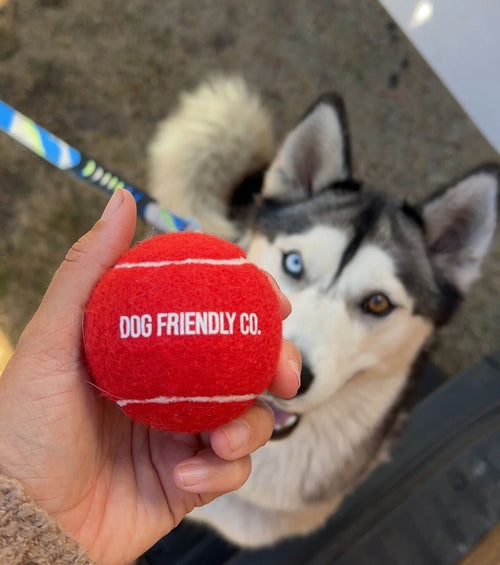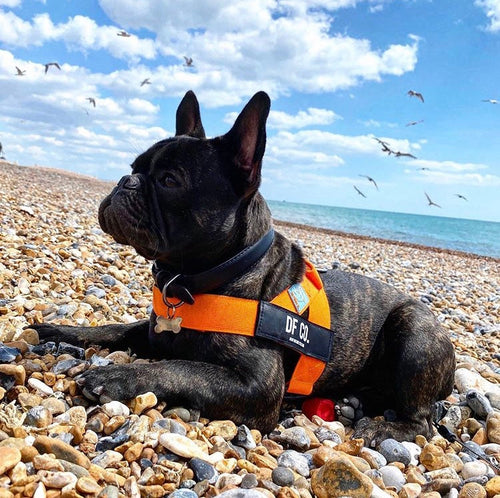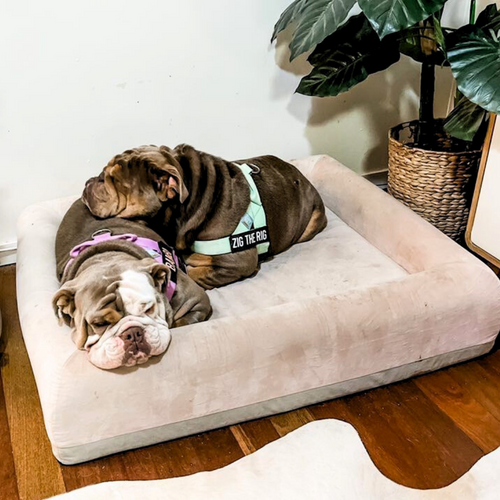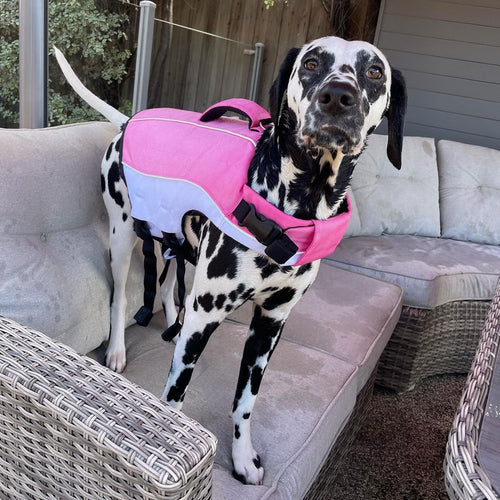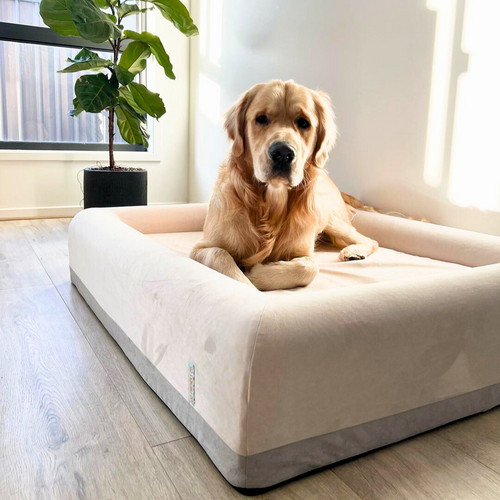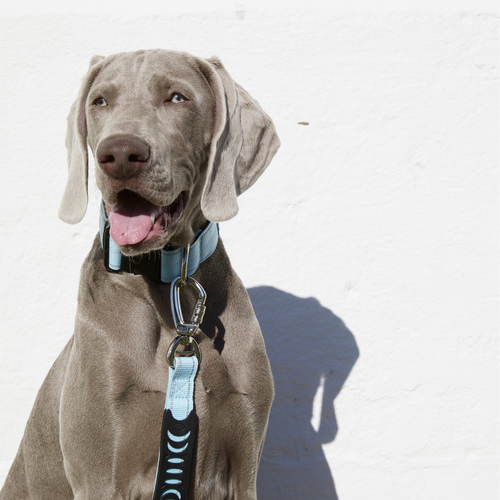
Did you know that many dogs can’t swim? When a dog keeps itself afloat in water by paddling around is called treading. But not even all dogs can tread!
To make sure your dog stays safe in water, here are a few tips you should follow.
Basic Swimming Safety Rules and Tips
Whether your dog is a seasoned swimmer or you're prepping for their first time, there are certain measures you need to observe.
1.) Take off the flea collar, if your dog wears one. Water can degrade its quality, and make it ineffective.
2.) Always accompany your dog when it goes for a swim. Be with them in the water.
3.) Know your dog’s breed. Some dogs are simply not built to float. Heavier, stockier types with short noses will have difficulty keeping themselves afloat on their own. In that case a life jacket is a safe and practical way to keep them afloat.
4.) You can help them learn while they swim. Make sure they’re on a dog leash so their head stays above the water while practicing.
5.) Never let them drink the water they’re swimming in, and always rinse them after. Pool water, seawater, freshwater can have pollutants, algae, bacteria, and others that may be harmful. Always have water for them to drink on hand.
6.) Keep an eye on them, and stay close. A tired dog will have difficulty swimming. Let them take breaks in-between, even when they don’t want to yet. Also, watch out for riptides at the beach.
7.) Don’t let them eat fish or other marine life. These could be dangerous, particularly if they’re already dead and washed up on the shore.
8.) Put a sturdy barrier around your pool, like a fence, when it’s not in use. Your dog might sneak an unsupervised swim, or fall into it in the middle of play. The fence keeps your dog safe.
When Your Dog is New to Swimming
Some pooches will require more assistance than others. These are the basic ways you can guide them in learning how to swim on their own.
1.) Introduce them to the water in a shallow area. Start them off easy with an area where they can dip their paw in.
2.) Allow them to do it at their own pace. Don’t force them into the water. Throwing them into it helps even less.
3.) When they begin paddling, hold up their back legs. Not all dogs will immediately pick up how to float. Support the second half of their body by lifting their hind legs, and let go slowly to test.
4.) Let them wear a dog life jacket. It gives both you and your dog peace of mind.
5.) Teach them where to get out. Always make it a point to teach them where the steps are, especially if you’re in a pool. It’s life-saving knowledge,
Each dog is different so you may have to take extra precautions with your pet or adapt to them. The younger they begin swimming, the easier it is for them to learn. For extra peace of mind, get them a Dog Friendly Co. Life Jacket, whether they can float or not. It will keep them safe, comfortable and give you peace of mind during days at the pool or beach. Most important of all, remember to keep it light and fun!

















